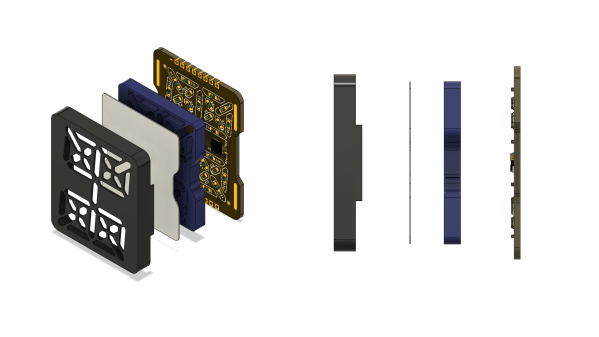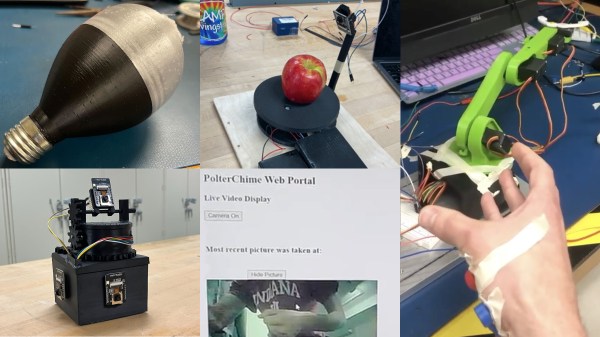Fair warning: if you ever thought there was nothing particularly interesting with optical viewfinders, prepare to have your misconception corrected by [volzo] with this deep-dive into camera-aiming aids that leads to an interesting hybrid smartphone viewfinder.
For most of us, the traditional optical viewfinder is very much a thing of the past, having been supplanted by digital cameras and LCD displays. But some people still want to frame a photograph the old-fashioned way, and the optical principles that make that possible are actually a lot more complicated than they seem. [volzo]’s blog post and video go into a great deal of detail on viewfinder optics, so feel free to fall down that rabbit hole — it’s worth the trip. But if you’d rather cut to the chase, the actual viewfinder build starts at about the 23:00 mark in the video.
The design is an interesting combination of lenses and beamsplitters that live in a 3D-printed enclosure. The whole thing slips over one end of a smartphone and combines an optical view of the scene that corresponds to the camera’s field of view with a small digital overlay from the phone’s screen. The overlay is quite simple: just some framing gridlines and a tilt indicator that’s generated by a little Android app. But it’s clear that much more information could be added now that [volzo] has all the optical issues sorted out.
We appreciate this deep dive into something that appears to be mundane and outdated, which actually proves to be non-obvious and pretty interesting. And if you have any doubt about the extreme cleverness of the camera engineers of yore, look no further than this sort-of solar-powered camera from the 1960s.
Continue reading “Interesting Optical Journey Results In Hybrid Viewfinder For Smartphones”



















